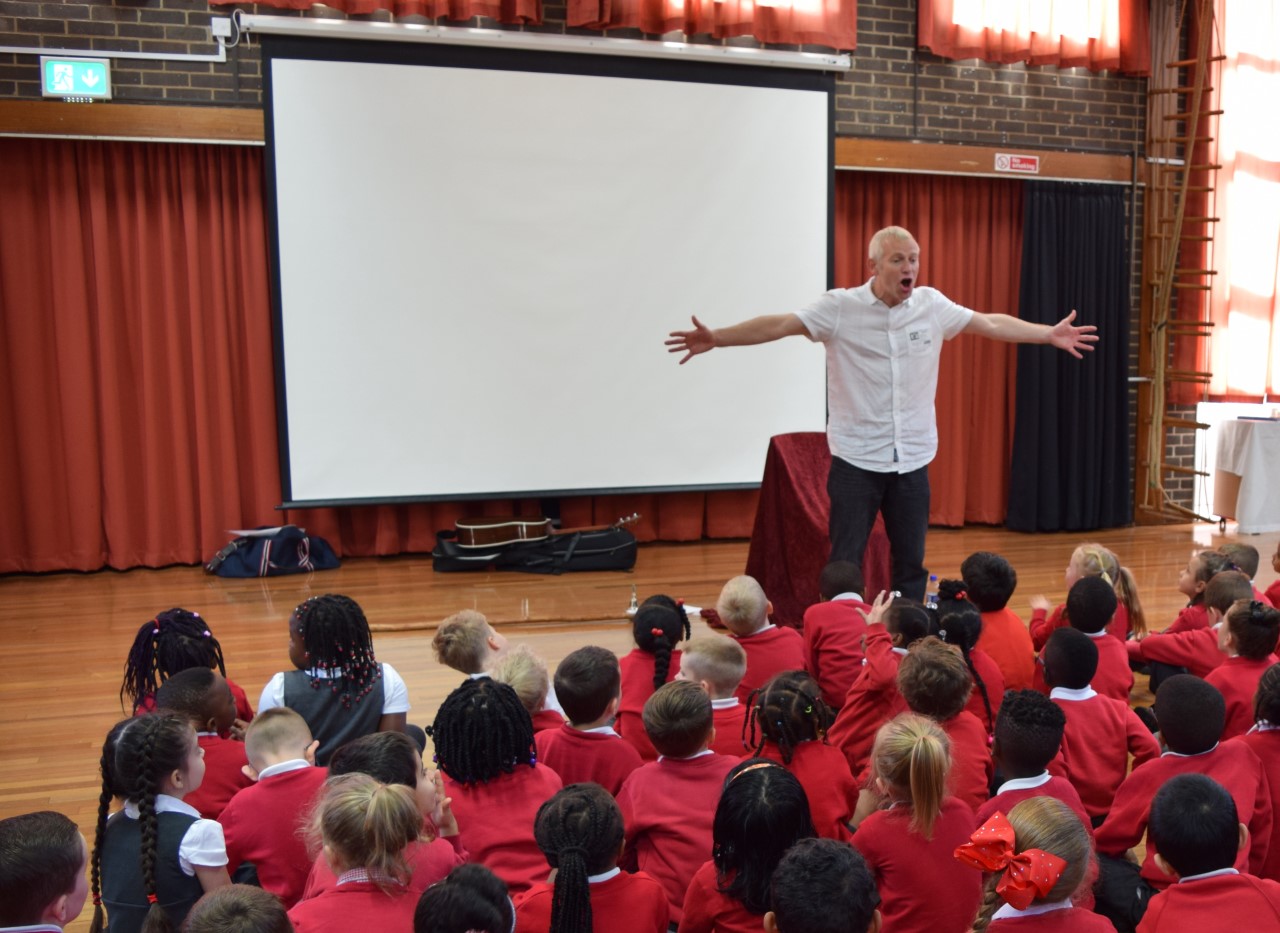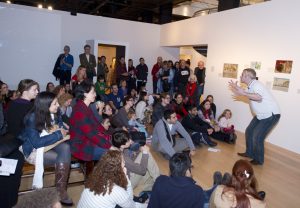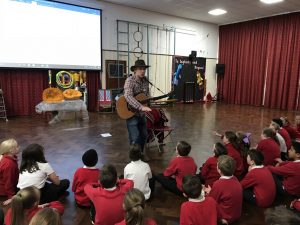
September 21, 2020, by Rupert Knight
Storytelling in the classroom: the teacher’s role
In this month’s post, Mike Payton builds on our previous blogs on oracy and children’s literature by considering the power of storytelling as a fundamental skill in the primary classroom
Teachers (and PGCE tutors) quickly learn that with changes of government, or education secretary, will come changes to the curriculum, from slight tinkering to radical overhauls. We become experts in adapting to survive. However, I would argue that some teaching skills and techniques retain their importance whatever the wider educational context – and one of the most important is the ability to communicate effectively. Can you explain and engage at the same time? Involve your listeners? Make them care? Put more bluntly – can you tell a good story?
As humans we crave narrative. It helps us impose order on a potentially chaotic world and the most successful communicators constantly employ the techniques of storytelling (there is too much research on this to cite, but go to this BBC site for an interesting introduction). If our friend asks us how our weekend was, we probably do not reply with a list of times, events and places; we shape, edit, impose a narrative structure, perhaps adding triumphs and disasters, exaggerating little to interest our listeners.
Some teachers are ‘natural’ storytellers (the debate over where this might come from is for another section of the university blog); some need to focus on this skill. With a little attention and practice, PGCE students and teachers can improve this aspect of their pedagogy. By practising telling a story, a wide range of communication skills can be improved.
What is storytelling?
Storytelling is not reading to a class. It is more direct than this: a speaker (or speakers) telling a story directly to their audience – no book, no powerpoint, no script…just the words between them. It is an incredibly powerful tool when used well (just have a look at the business section of a bookshop to see how this has been absorbed by companies, with thousands of titles based around ‘storytelling’ – eg Storytelling to Win, The Leader’s Guide to Storytelling, Storytelling in Business and so on).

Storytelling in the classroom
The teacher as storyteller
A) The power of personal anecdote. When the teacher first speaks to their class in the morning, perhaps sharing a 30 second story about the strange dog they saw on their way to work, or the cloud shaped like a dragon, they immediately create a sense of community and expectation. The story helps to bond the class and, crucially, care more about what the teacher is saying. I am not encouraging the teacher to stand at the front day after day, talking about themselves – but allowing a little time for this personal sharing can help to create a happy and ‘together’ classroom.
B) ‘Proper’ stories. I would also encourage teachers to explore and practice some more in depth storytelling across the curriculum areas. Sometimes the stories behind a subject are obvious (eg in history topics such as Ancient Greece or Rome) and sometimes we have to look a little bit harder. An Aesop’s fable to begin a discussion about jealousy? The journey of a pollinator to illustrate the reproductive life of a flower? There are usually great PPTs and videos that we can use for these stories – but it can be memorable and effective for the teacher to leave the technology behind for 5 minutes and tell the story themselves; or, perhaps, the first part of the tale before reaching for the whiteboard controller.
How to learn a story
In the initial sessions I ran with PGCE and School Direct students, I shared my own methods for learning and telling stories. For clarity, let’s imagine that you want to tell the story of King Midas. First, find yourself a short written version of the story – if my own collection or local library cannot help, the first place I look is Tim Sheppard’s site.
Bullet point the key moments
Quietly visualise each point of the story, thinking about your senses (what does Midas’ palace look like? As his dog runs towards him, what sounds would there be? As he reaches for the food to eat, what might he smell?)
Practise telling each point in turn. Tell them again, two at a time. Use a sympathetic listener who can ask questions to prompt more detail
Tell it all. Record yourself.
Think about your body and your voice. Will you use gesture? Actions? Facial expressions? Practise telling the story in a calm/still way. Then again with exaggeration in both the vocal range (pitch, volume, tone etc) and your use of body. What works best?
Tell it to a sympathetic listener. Let them control the way you tell the story (this could be focused on the voice – increasing/decreasing volume, pitch, intensity etc. Or another aspect of storytelling such as the body – you can be completely still or use gesture/facial expressions/movement).
Think about eye contact. How you use it to involve the class? Imagine objects in a room are your pupils and experiment with your gaze. Practise scanning, focusing on one person or breaking it altogether, perhaps to ‘look’ at the story unfolding.
Practise it. Do not try to learn a script – you’re a teacher, you don’t have time. Trust yourself and trust the story.
After you have practised, try it on a class. Keep it punchy. If your brain freezes, don’t panic – ask for their help (“What do you think Midas did next?”) For younger children (but not exclusively), build in some repeated phrases and actions for them all to join in with (eg a ‘magical’ sound and gesture as each object turns to gold)
When you have finished, ask them about the story. What would they change? How could you improve it? Can they retell it themselves?
This last question leads us into another crucially important area- encouraging children to tell stories themselves However, this would take a number of other blog posts to cover in detail (Sensory storytelling with SEN pupils? Talk for writing? Family stories? ) For now, I will end with this – if a class teacher is a good storyteller then the pupils already have one excellent role model to follow.

To Consider
• Why would I want to tell a story to my class?
• Which stories might I tell?
• What skills would I improve by learning to tell a story? How might this benefit my general teaching?
• In which areas of the curriculum might I use storytelling?
• Which of the techniques for learning and telling stories could I use with my class?
• How might I adapt a story for pupils with a wide range of SENs? How could I appeal more to their senses to keep them engaged?
• How might storytelling improve general literacy?
• Would I adapt my storytelling technique for different classes?
No comments yet, fill out a comment to be the first

Leave a Reply